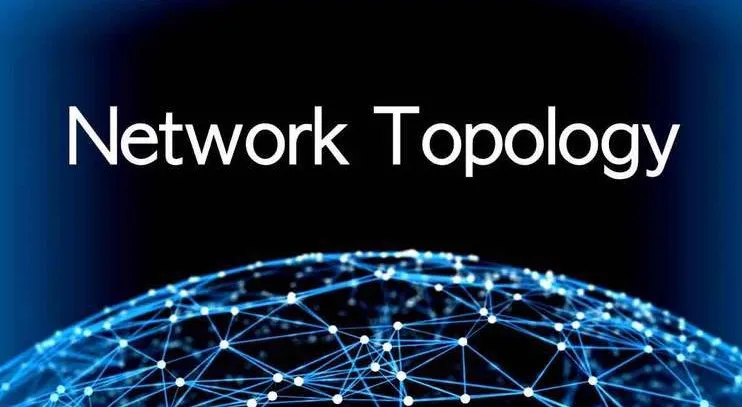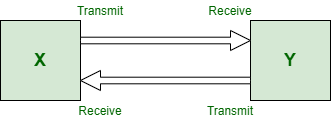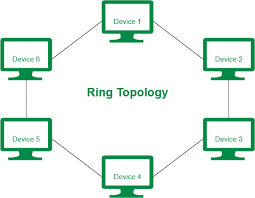A Deep Dive into Computer Network Topologies
 Abhijeet Lokhande
Abhijeet Lokhande
In the context of computer networking, topology refers to the arrangement of elements (such as nodes, links, and switches) in a network. It defines how these components are connected and how data flows between them. Topology can be physical, representing the actual layout of devices and cables, or logical, representing the path that data takes through the network.
Types of Network Topology:-
There are several types of network topologies, including:-
Point to Point Topology
Mesh Topology
Star Topology
Bus Topology
Ring Topology
Tree Topology
Hybrid Topology

1. Point to Point Topology :
A point-to-point topology, also known as a line topology or a link topology, is the simplest form of network topology where devices are connected directly to each other through a dedicated communication link. In this topology, each device has a direct connection to only one other device, forming a linear sequence.

2.Mesh Topology :
A mesh topology is a network topology where each device is connected to every other device in the network. This means that there are multiple paths between any pair of devices, providing redundancy and fault tolerance. Mesh topologies can be either full mesh or partial mesh.
3.Star Topology :
A star topology is a network topology where each device in the network is connected directly to a central hub or switch. All data communication between devices in the network must pass through the central hub.
4.Bus Topology :
A bus topology is a network topology in which all devices are connected to a single communication channel, called a bus. In a bus topology, data is transmitted along the bus and is accessible to all devices connected to it.
5.Ring Topology :
A ring topology is a network topology in which each device is connected to exactly two other devices, forming a closed loop or ring structure. Data travels along the ring from one device to the next until it reaches its destination.

6.Tree Topology :
A tree topology, also known as a hierarchical topology or a hierarchical star topology, is a network topology that combines characteristics of both bus and star topologies. In a tree topology, devices are arranged in a hierarchical structure resembling a tree, with a root node at the top and branches extending downward to connect to other nodes.
7.Hybrid Topology :
A hybrid topology is a combination of two or more different types of network topologies. By merging multiple topologies, a hybrid topology aims to leverage the strengths of each individual topology while mitigating their weaknesses, resulting in a more flexible and resilient network infrastructure.
In conclusion, network topology plays a crucial role in determining the structure, efficiency, and reliability of computer networks. Each type of topology—whether it's star, bus, ring, mesh, tree, or hybrid—offers unique advantages and considerations.
Star topologies provide simplicity and ease of troubleshooting, ideal for smaller networks.
Bus topologies offer straightforward implementation but may become less practical for larger networks due to scalability limitations.
Ring topologies offer fault tolerance and simplicity but may not be as scalable as other topologies.
Mesh topologies provide redundancy and robustness but can be complex and costly to implement.
Tree topologies offer scalability and hierarchical organization, suitable for WANs and ISP networks.
Hybrid topologies offer flexibility and customization by combining multiple topologies, enabling tailored solutions to meet specific network requirements.
Ultimately, the choice of network topology depends on factors such as network size, complexity, performance requirements, and budget constraints. By understanding the strengths and weaknesses of each topology, network administrators can design and deploy networks that effectively meet the needs of their organization.
Subscribe to my newsletter
Read articles from Abhijeet Lokhande directly inside your inbox. Subscribe to the newsletter, and don't miss out.
Written by
